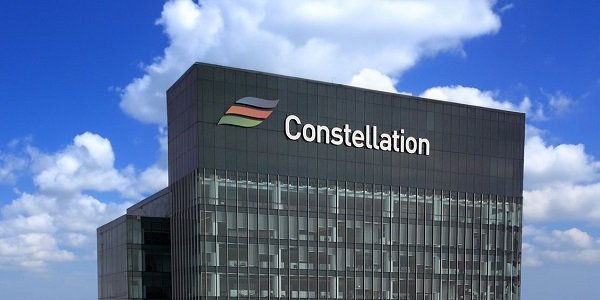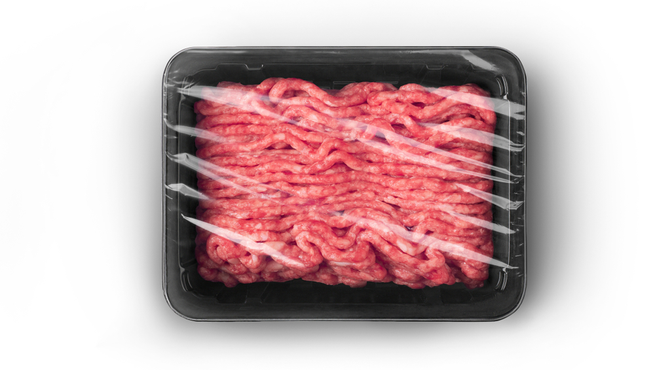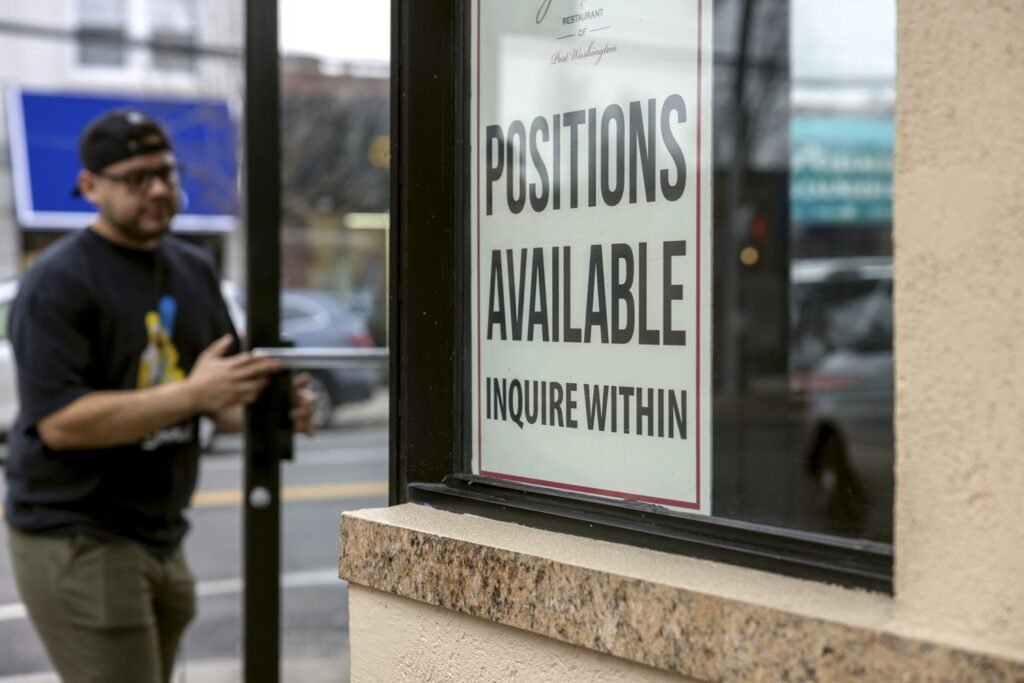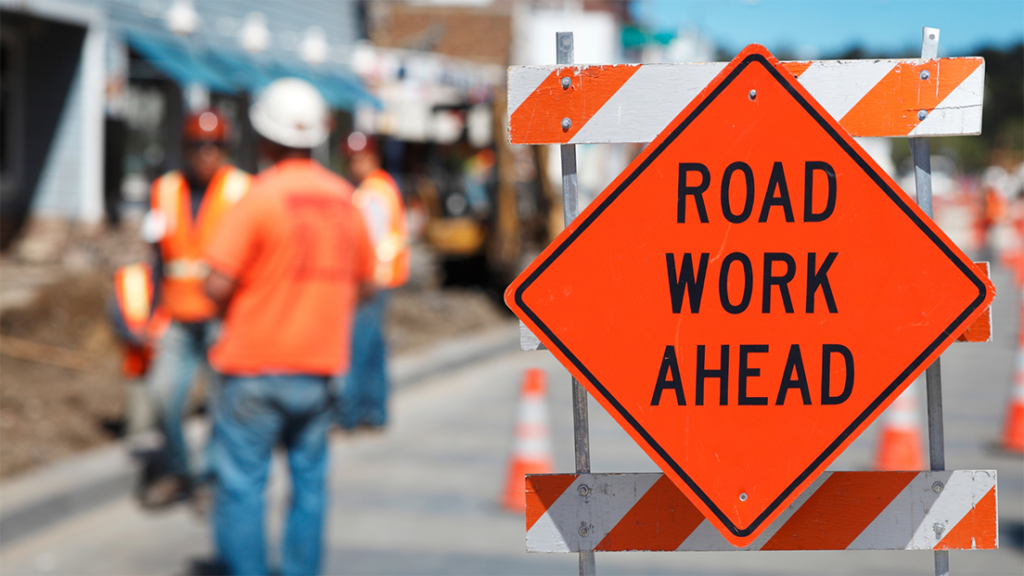Tesla’s third-quarter 2025 results painted a challenging picture for the EV giant. Despite strong delivery volumes, the company’s profit fell 37% year-over-year, driven primarily by aggressive price cuts across its popular models.
The strategy, meant to sustain demand amid intensifying global EV competition, has come at the cost of profit margins — sparking investor concerns and a sharp dip in share price following the report.
According to Yahoo Finance and The Wall Street Journal, Tesla’s stock traded lower in after-hours following the earnings miss, as both revenue and profit figures came below analyst expectations.
The automaker’s operating margin slipped to its lowest level in years, highlighting the delicate balance between affordability and profitability.
Price Cuts and Margin Pressure
Over the past year, Tesla has implemented multiple rounds of price reductions in the U.S., China, and Europe to stay competitive against legacy automakers and new EV entrants. While the move has boosted sales volume, it has significantly eroded per-vehicle profit.
Analysts warn that such a strategy, while sustainable in the short term, could make it harder for Tesla to fund its ambitious research and expansion goals without external financing or higher-margin innovations.
The Robotaxi Expansion: Musk’s Next Big Bet
In a bid to shift the narrative from short-term challenges to long-term potential, CEO Elon Musk announced plans to expand Tesla’s Robotaxi operations by the end of 2025.
The autonomous ride-hailing service, which has been in testing for years, could mark a new phase in Tesla’s evolution — from a car manufacturer to a full-fledged mobility platform powered by AI.
Musk described the Robotaxi initiative as a “pivotal leap toward superintelligent mobility”, reaffirming Tesla’s position as both a hardware and software company.
Investors see the program as a potential margin enhancer, given its reliance on in-house software rather than traditional manufacturing. However, skepticism remains around regulatory approvals and the maturity of Tesla’s Full Self-Driving (FSD) technology.
Market Reaction and Investor Sentiment
Wall Street’s reaction was swift. Tesla shares dropped following the earnings release, reflecting investor unease about margin compression and uncertainty surrounding FSD rollout timelines.
Yet, some analysts remain optimistic, citing the company’s vast data advantage and software potential.
“Tesla is in a transitional phase,” noted one analyst. “While near-term profits are under pressure, the Robotaxi and AI initiatives could unlock exponential value if executed successfully.”
Looking Ahead
As Tesla navigates the remainder of 2025, the spotlight will be on cost optimization, software monetization, and execution of its autonomous vehicle roadmap.
The Q3 results underscore the tension between growth and profitability — a balance that will define Tesla’s trajectory as the global EV market matures.
If Musk’s Robotaxi vision takes off, it could redefine not just Tesla’s business model, but the entire mobility ecosystem.
For now, however, investors are watching closely to see whether the company can steer through its most complex financial terrain yet.
Also Read
2025-10-23 10:29:28

















